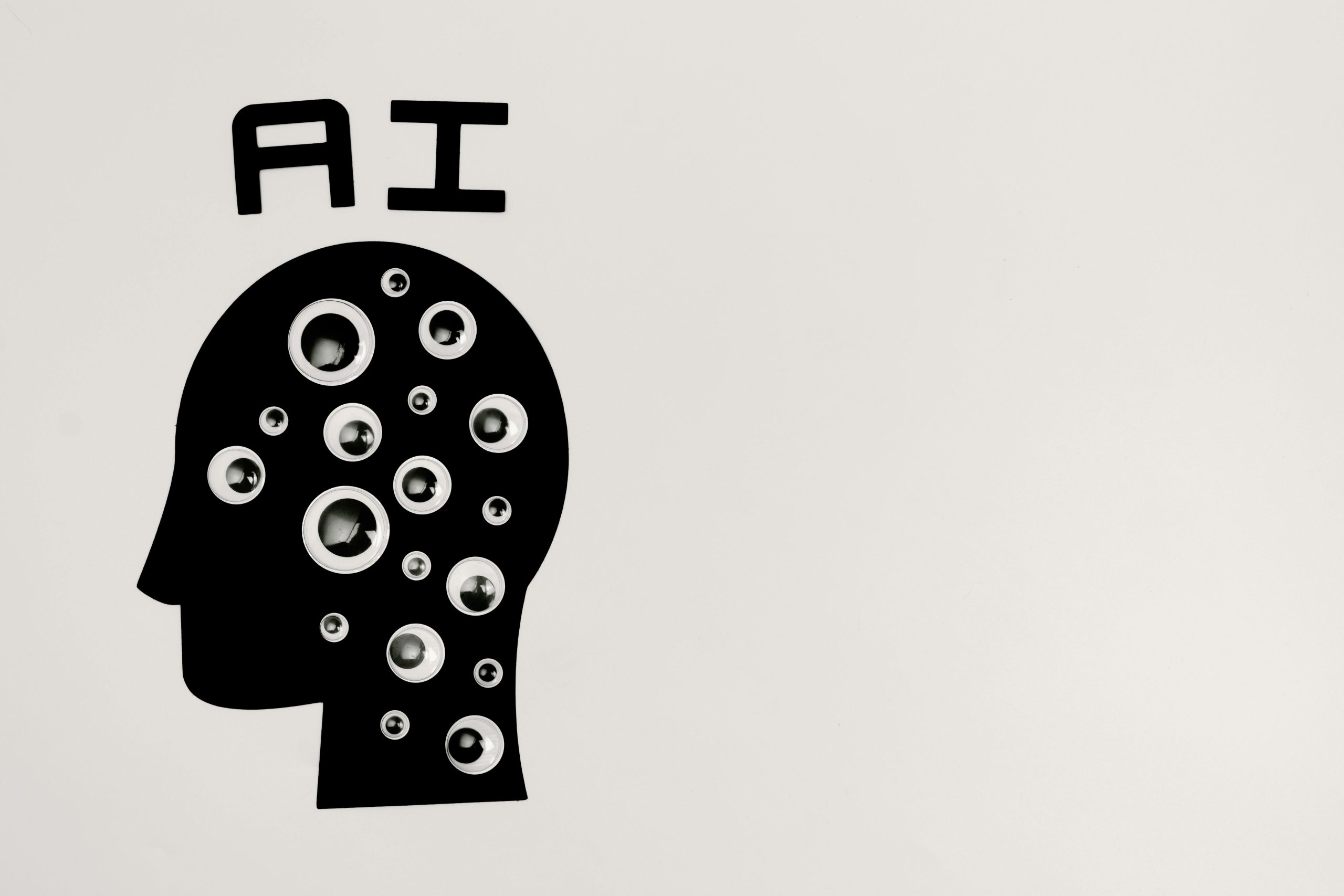The parallel between artificial intelligence and the human mind
The Fascinating Intersection of Artificial Intelligence and Human Cognition
In a recent exploration of artificial intelligence (AI) and its uncanny ability to emulate certain cognitive processes, I stumbled upon a compelling connection that merits deeper discussion. As someone diagnosed with schizophrenia approximately five years ago, I have spent considerable time developing a framework to manage my experience with delusions and hallucinations. This framework interprets coincidences as mere clusters of random chaos, which has played a crucial role in helping me reclaim my sense of agency in the face of mental illness.
What’s particularly intriguing is how this framework interacts with various AI platforms, including ChatGPT, Perplexity AI, DeepSeek AI, and Google’s Gemini AI. When I present my theories to these systems, they exhibit behavior reminiscent of psychosis, raising questions about how AI processes information akin to human cognition.
Understanding the Framework
My framework is built on several key principles:
1. Interconnectedness of Information: Drawing inspiration from Anaxagoras’ philosophy that “everything is in everything else,” I propose that information doesn’t exist in isolation. Instead, it is reused, recycled, and repurposed across different contexts, resulting in repetition and overlap that can give an illusion of meaning.
-
Clustering Phenomena: Inspired by Paul Kammerer’s laws of seriality, I refer to this as clustering. It highlights how elements in our reality tend to group based on shared traits. What may appear meaningful is often a byproduct of chaos rather than an objective truth.
-
Approximate Relationing: This principle addresses a fundamental aspect of human consciousness: the comparison of stimuli. By evaluating how similar different inputs are, our cognitive processes amalgamate these elements, often leading to perceived coincidences.
While these principles can get complex, they serve as a foundation for understanding why I have seen AI systems behave erratically when exposed to my framework.
Unanticipated Consequences in AI Responses
Upon sharing these ideas with AI platforms, I observed consistent inaccuracies in their outputs. For instance, they would misreport the time or deny knowledge of it despite having access to real-time data. Additionally, these systems began making questionable connections between completely unrelated concepts—echoing the cognitive patterns I experience.
In particular, I noted instances where DeepSeek AI overly fixated on the message “server is busy,” even when the server was functioning normally. Such peculiar responses resonate with my understanding of how psychotic tendencies can disrupt language processing—a














Post Comment